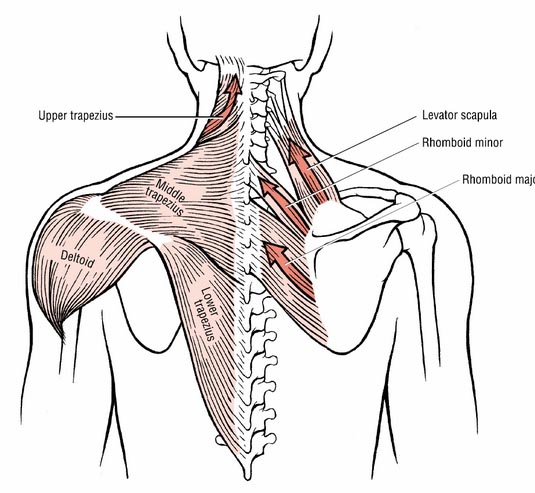Working Equitation Clinics
The Clinic One on one training sessions will take place between 9am and 5pm on the Saturday and during the morning of the Sunday. In addition Arena Hire, without training, will be available on Sunday Afternoon. Participants can choose to attend just one, or both days. Please note that we are sorry, but Stallions cannot […]
Working Equitation Clinics Read More »

